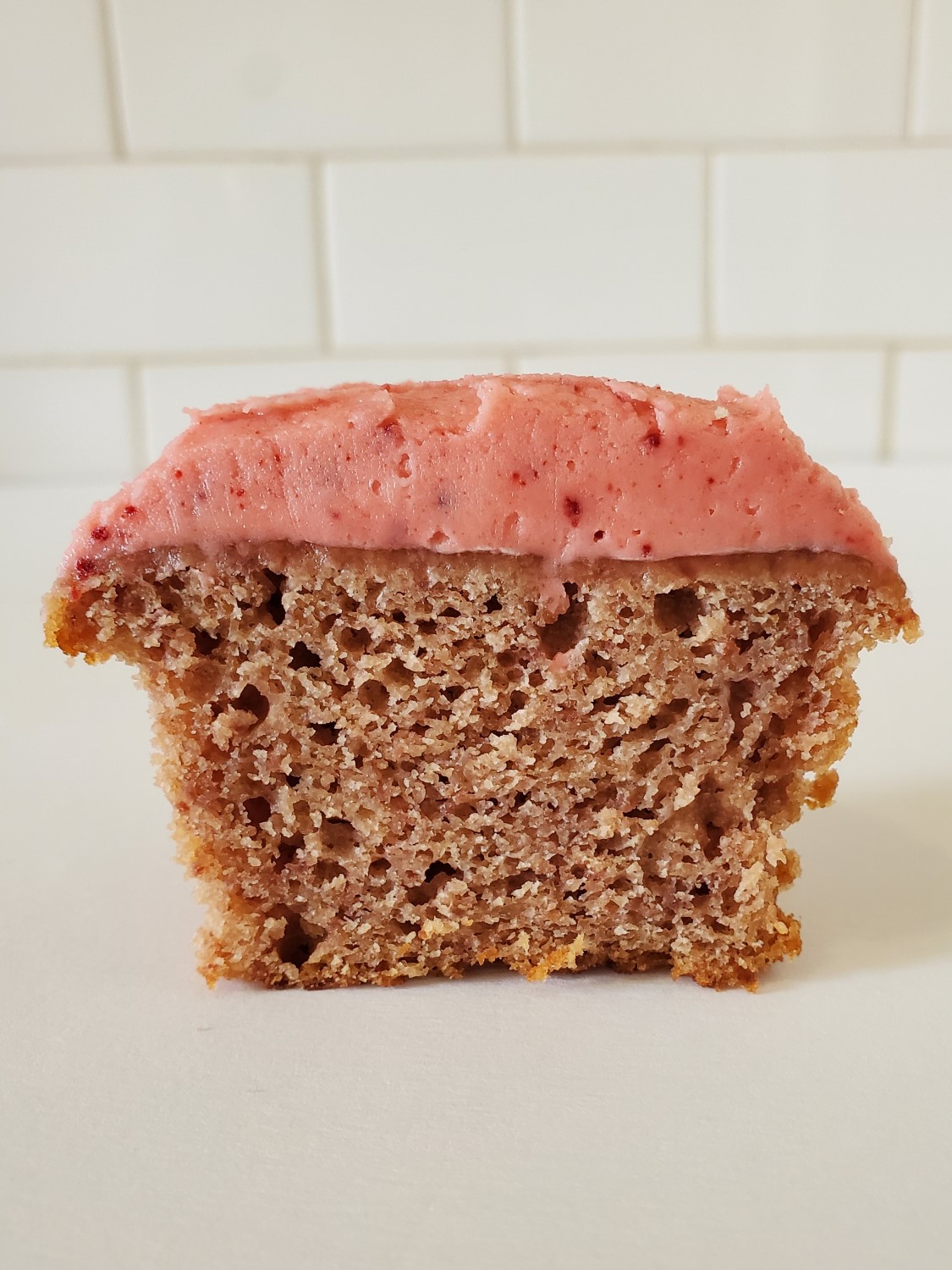Want to create your own cake recipe, but not sure where to begin? Well, it’s easier than you might think. There are 3 things you need to do in order to build your recipe:
- Understand the Baker’s formula – What is it, and how does it work?
- Pick Ingredients – What ingredients should we consider? How can they affect the baker’s formula?
- Trial and Error – Testing out your recipe and making tweaks as needed.
With that in mind, let’s get started!
What is the Baker’s Formula?
The Baker’s formula, also known as the Cake Formula, is a scientific formula developed by understanding the fundamentals of what makes a cake work. These are the essentials elements:
- Flour – This is the base of your recipe. Every other element is in relation to the base.
- Eggs – This is your binder, and adds the needed structure for your cake.
- Sugar & Fat – These are your tenderizers. They work to make your cake nice and fluffy.
- Liquid – This adds the much needed moisture to your cake.
Now that we have a general understanding of the components of a cake, let’s get into the mechanics of the baker’s formula. Every recipe is different, but in general, here are the rules you need to follow:
Sugar => flour – sugar should be equal to, or more than, your amount of flour.
Eggs => fat – eggs should be equal to, or more than, your amount of fat.
Eggs + Liquid =>Sugar – eggs combined with liquid should be equal to, or more than, the amount of sugar.
How do we make sense of this? Let’s use this recipe for a Coconut Cake from the Food Network as an example:

Looking at this recipe, we can see that it generally follows the rules of the cake formula. The sugar content (125%) is greater than the flour (100%). The fat content (94.44%) is slightly higher than the amount of eggs (80.56%) – and that’s okay! This was an intentional choice to make the cake more tender, and overall, improve texture. However, it’s not so drastic of a difference that it would compromise the cake’s structure. Lastly, eggs combined with liquid (80.56% + 69.44% = 150%) is indeed greater than the amount of sugar. This makes for a well balanced cake recipe.
How Can an Ingredient Impact the Baker’s Formula?
When it comes to ingredients, one change can have a big impact on the taste, texture, and structure of our cake. Let’s consider these examples:
- Buttermilk – This would be considered the “liquid” component in your recipe. However, it is also high in fat content, and contains natural sugars. This will overall result in a moist and tender cake.
- Sour Cream – A much higher fat content than buttermilk, which makes it a great choice for making a rich cake. It will also impart a more tangy flavor than if you were to use buttermilk. This would be considered both a fat and liquid.
- Mayonnaise – Considered a fat, but also contributes to eggs – as the main 2 ingredients of mayo are oil and eggs. This will create a very moist cake.
- Cocoa Powder – This would contribute to your flour. As such, you would substitute a portion of your flour for cocoa powder in your recipe.
Whichever ingredients you decide to use for your recipe, understanding how each one can affect your cake in different ways will allow you to make adjustments as needed.

Tips for Testing Your Recipe
Now that you’ve picked out your ingredients, you’re ready to test out your recipe! Here are some recommendations to ensure you get the best possible results:
- Allow your eggs, butter, milk, and/or other refrigerated ingredients to reach room temperature. This will make them easier to incorporate into your recipe.
- Preheat your oven – this is a simple, but crucial step to be sure your cake is cooked evenly. The typical temperature for baking cakes is 350° F.
- Always cream together your sugar, fats, and eggs. Once done, you can add in your flavoring ingredients.
- Shift together your dry ingredients (flour, baking powder, baking soda, etc.). This will ensure that they are well combined, and free of lumps.
- When folding your wet ingredients into your dry ingredients do not over mix. This can create a more dense cake and cause it to deflate.
Don’t be discouraged if it doesn’t work out perfectly the first time. Sometimes it takes a few tries to get it just right.
Did you find these tips helpful? What other blog posts would you like to see in the future? Let me know in the comments below!

